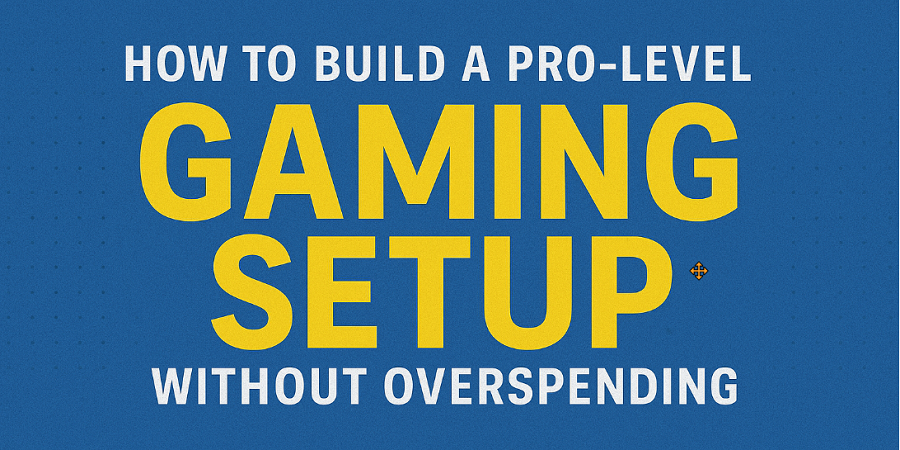The past few years have seen the meteoric rise of esports as a whole, it went from being a niche sport for the few dedicated fans to something that attracts hundreds of millions of viewers and players across a wide range of games. To bring the titles to a wider, more unassuming audience, betting has been key in delivering familiarity to a viewer who may not completely understand what esports betting is. So we’ve rounded up everything you need to know about esports betting – where it came from, how it got started, and where it is now.
The first real form came in late 2013 and early 2014 with the popular title Counter-Strike: Global Offensive – but not the typical form of betting as you know. Cash betting didn’t really exist in a safe way, and instead the introduction of cosmetic in game items known as ‘skins’ had become the unofficial currency – with a market to buy and sell these skins, a betting market was formed around the value with players depositing skins with the chance to win a certain value back, all through these cosmetics. At this time however, player salaries and prize money was still quite low and this led to early problems with a match-fixing scandal in 2014 seeing a number of players being banned for losing the game to win big on the skins betting market.
Whilst skin betting does exist to this day, the match fixing scandal did lead to some changes in how it was handled – but what it did more than that was show the growing interest in betting within the game – and the rest as they say is history. Bigger sponsors such as Betway started partnering with big events and hugely popular teams at the time such as Ninjas in Pyjamas – real support for more traditional cash betting had started to grow and the bigger operators were quick to join in to the rapidly growing market as viewership and player numbers continued to grow – real odds were started to be attributed with teams and a more familiar form of betting started to take root and grow.
The predicted growth in global esports betting is expected to reach a market forecast of $17.2 billion by the end of 2020, a long way away from the modest skin betting market back in the early 2000’s and a huge progression in just a few short years – esports betting in its current form has only really become widely popular over the past five years or so, around half of the life span of what current esports as a whole are. There are certainly more changes to come as further regulation and protection needs to be put in place, but with the growing number of games and an audience that’s moving just outside of the dedicated gamer, betting will continue to play a huge role in the development of esports and do its part in lending some more legitimacy and familiarity to viewers who may have only previously been fans of traditional sporting names.









